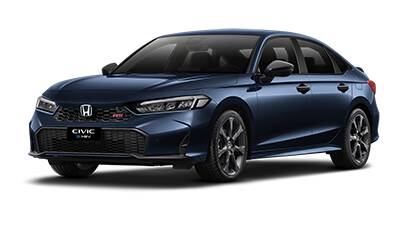
Have you experienced any reliability issues with your vehicle since you purchased it?
Yes
Subscribe now for unlimited access.
or signup to continue reading
See subscription options"Under the bonnet, it's identical to the Tiggo 7 Super Hybrid that's also now being released. That means it has a 1.5-litre turbocharged four-cylinder petrol engine paired with a transmission-mounted electric motor, fed by an 18.3kWh lithium iron phosphate battery."
Have you had to make any warranty claims?
Yes
"The Tiggo 8 CSH is fitted with one of Chery's newest interiors, headlined by a 15.6-inch touchscreen infotainment display and 10.25-inch digital instrument cluster – a significant upgrade over the petrol-powered Tiggo 8 Pro Max.It's sharp and offers plenty of 'wow' factor to draw potential buyers in. It also has a new front-end design headlined by a revised grille, making it all the more tidy compared to its purely petrol-powered relative."
Has your vehicle been serviced at least once since you took ownership?
Yes
"Much like the Tiggo 7 CSH, the Tiggo 8 was benchmarked against traditional plugless hybrids from Hyundai and Toyota. This was confirmed to CarExpert by Chery chief engineer David Xianqiang Lu, as the brand intended to make its CSH system feel like a traditional hybrid.Driving a conventional hybrid is generally smooth and effortless, and so Chery wanted to replicate that powertrain experience with a PHEV that has the benefits of recharging and longer-distance electric-only driving."
Overall, are you satisfied with your ownership experience so far?
Yes
"We didn't get enough time in any one car to record a representative real-world fuel economy figure. Even so, and much like the Tiggo 7 Super Hybrid, we did see numbers hovering around the 5.8L/100km mark after a couple of hundred kilometres on the road.That may sound a bit high, but Chery says 6.0L/100km was a realistic figure for the car in the conditions we drove. Curiously, the official combined fuel consumption claim is 0.1L/100km lower than the Tiggo 7's, while its energy consumption is 0.9kWh/100km better, and its claimed NEDC electric range is 2km longer – despite being around 100kg heavier and utilising the same powertrain.These small gains are somewhat undermined by the Tiggo 8's requirement of 95-octane premium petrol. The Tiggo 7 only needs 91-octane regular unleaded despite using an identical powertrain. Beyond speculating about mitigating the weight gain, the reason for this isn't apparent – we were told it's simply a requirement by Chery's engineers.As for energy consumption, we saw figures close to 0kWh/100km, or even lower (yes, we saw a number as low as -1.1kWh/100km), when the battery was low and energy regeneration was strong and therefore more power was being produced than consumed. And at full charge, we got within 15km of Chery's electric range claim.To see how the Chery Tiggo 8 stacks up against its rivals, use our comparison tool"
test's experience with the 2023 Nissan GT-R NISMO
You may not get the chance to drive the two cars back-to-back on the same roads as part of your car-buying journey (nor want to, given they're aimed at different buyers), but doing so exposes the comparative strengths of the Tiggo 8.Putting drivetrains aside for now, we were thoroughly impressed with this car's ride quality. The key drawcard here, and perhaps marking a return to form for a Chinese brand, is how supple and plush it feels when speeds pick up.It's not the car's ability to iron out minor imperfections, which it doesn't do with any real aplomb. Instead, the Tiggo 8 does an excellent job of ironing out the kind of larger bumps, depressions and undulations you'll find on regional roads around Australia.It makes for a very comfortable ride, and the compliant suspension setup means the Tiggo 8 is great for longer freeway stints. You just don't feel tired after spending a few hours behind the wheel.
Content originally sourced from: CarExpert.com.au

